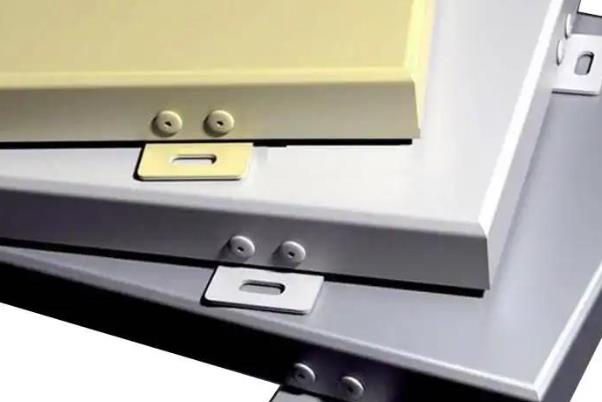Views: 3 Author: Julong Publish Time: 2023-03-21 Origin: aluminum panel systems manufacturer








Fluorocarbon aluminum veneer, a traditional industry, was once relatively depressed. Nowadays, with the domestic emphasis on environmental protection and green building materials, its development has been gradually improved and has made great developmental progress. After so many years of development, the fluorocarbon aluminum veneer industry has grown from a few companies at the beginning to hundreds to thousands of companies today. Many investors believe that the fluorocarbon aluminum veneer block industry has a relatively good development prospect. So what are the characteristics of the fluorocarbon aluminum veneer industry?
First of all, the fluorocarbon aluminum veneer industry belongs to the traditional industry. The reason it is a traditional industry is mainly that it still belongs to the primary processing stage of the product. Although it borrows some large machinery and equipment, the technical content is not very high.
Secondly, the fluorocarbon aluminum veneer industry has a low entry threshold, and the start-up capital requirement is not much. This is one of the reasons why there are fluorocarbon aluminum veneer manufacturers everywhere. It is only necessary to understand the processing industry and have a clear understanding of the relevant machinery and equipment.
Finally, most enterprises using fluorocarbon aluminum veneer are small and medium-sized enterprises, which are relatively scattered with low utilization of resources and relatively unreasonable configurations. This has caused competition among fluorocarbon aluminum veneer enterprises and a lack of technological innovation. They each compete and waste valuable resources, but this is not conducive to the development of the whole industry. With a better understanding of the characteristics of the fluorocarbon aluminum veneer industry, we can understand the actual process of some facts, follow the law of development of business operations, and then move toward a better future.
The application of fluorocarbon aluminum veneer industry
Fluorocarbon aluminum veneer curtain walls can be divided into an ordinary flat plate and shaped plate according to its shape and can be made into various shapes, which is the remarkable advantage of fluorocarbon aluminum veneer.
Aluminum veneer curtain wall mainly consists of panels, reinforcement bars, hanging lugs, etc., and can also add heat insulation mineral wool on the back of the panels. Hanging lugs can be bent directly from the panel, or can be attached to the panel with profiles. The back of the panel is welded with bolts, and the reinforcement and the panel are bolted together to form a solid unit. The role of the reinforcement is to increase the rigidity of the fluorocarbon aluminum veneer and to ensure the wind resistance of the fluorocarbon aluminum veneer curtain wall in long-term use. Pressure characteristics and flatness. The surface of fluorocarbon aluminum veneer is sprayed with PVDF fluorocarbon coating and baked under high temperature.
Surface coating and color The fluorocarbon aluminum veneer surface is usually sprayed with a fluorocarbon resin (PVDF) coating, which has excellent weather resistance, corrosion resistance, and anti-powdering properties. The color of the fluorocarbon aluminum veneer depends on the color of the surface coating. When determining the color of the fluorocarbon veneer curtain wall, the customer can directly choose the standard color provided by the company or provide another color sample and specify other colors.
Fluorocarbon aluminum veneer curtain wall is widely used in columns and beam, balconies, partition package, interior decoration, advertising sign, car box, furniture, booth, instrument housing, instrument panel, etc.